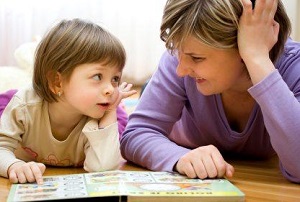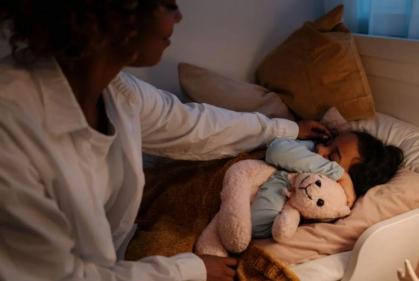
The sooner your little one is diagnosed as being on the spectrum, the better their chances of improving are; therefore, it is useful for all parents to be aware of the signs and symptoms.
Children with autism are likely to present changes in three major areas of their development: social abilities, communication and behaviour.
Social changes
Little things like your child not looking people in the eye, or not responding appropriately to a smile can be a sign of ASD. Parents are also told to look out for their little one displaying a lack of ability or desire to make friends, as well as a lack of empathy for others.
Children on the autism spectrum may also be unable to read a person, such as understand how they are feeling based on their facial expressions. Similarly to this symptom, children with ASD often have inappropriate facial expressions, such as a sad or blank expression upon hearing good news.
Communication changes
The communication changes that a child with ASD sometimes present can be quite scary to parents. A child experiencing symptoms of autism may not respond to their name, even if they have previously, and in some cases a child may not wish to communicate at all. They may be unable to start a conversation or could be having difficulty maintaining one.
Children with ASD are also likely to ‘parrot’ or ‘echo’ words or phrases said to or around them; however, they may not understand what they are saying. You may also notice your little one has an excellent memory, as remembering things like letters, numbers, and TV jingles is a communication symptom of ASD.
Sadly, some children may experience a regression of development, and are likely to lose language developments or other communication skills they may have previously been able to use. This can be upsetting to parents, but don’t lose hope – with the help of intervention programmes, lost skills can sometimes be relearned.
Behaviour changes
These changes are usually the easiest to spot, as they are repetitive or obsessive behaviours of an ASD child. For example, children with ASD will repeat certain motions like spinning around or tapping on things. They may also flap or clap their hands in a repetitive fashion.
ASD children displaying behavioural symptoms tend to have difficulty with change. Reworking a routine is likely to upset the child and cause them distress. An obsession with doing certain unusual activities multiple times a day could also be a cause of worry for parents. A child with autism may also express sensitivity – or lack thereof – to smells, sounds, light, touch and textures.
If your child is experiencing any of these symptoms, keep a record of them, noting how often changes to their behaviour occur, and in what way. This will be helpful information to give your doctor when trying to diagnose your child. As there are no medical lab tests to diagnose autism, doctors rely on behavioural observation to diagnose ASD.













